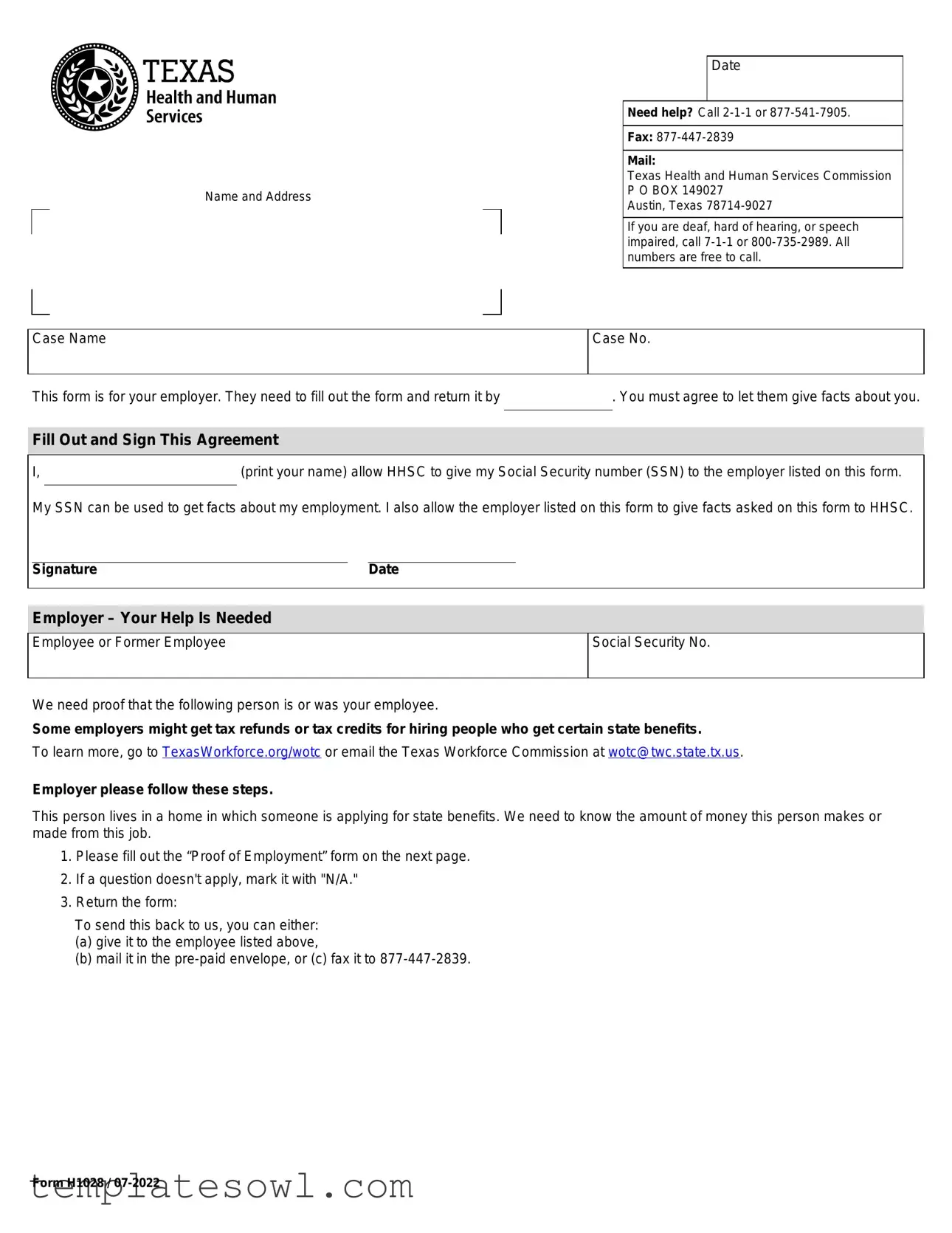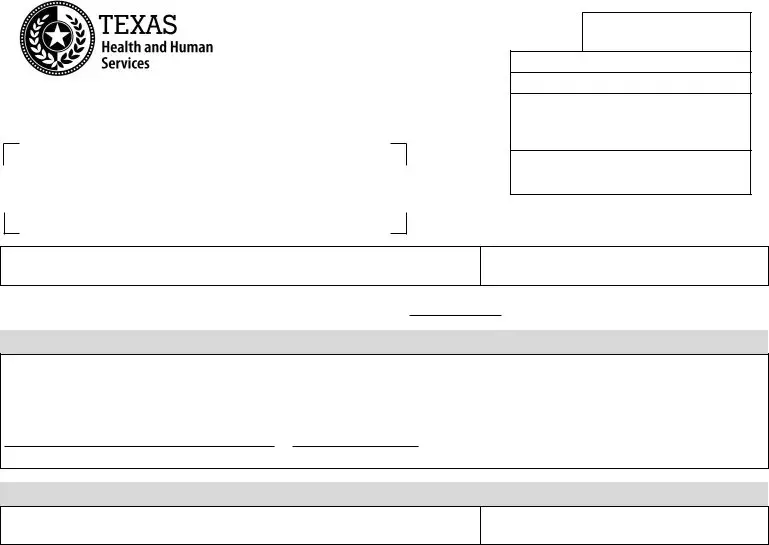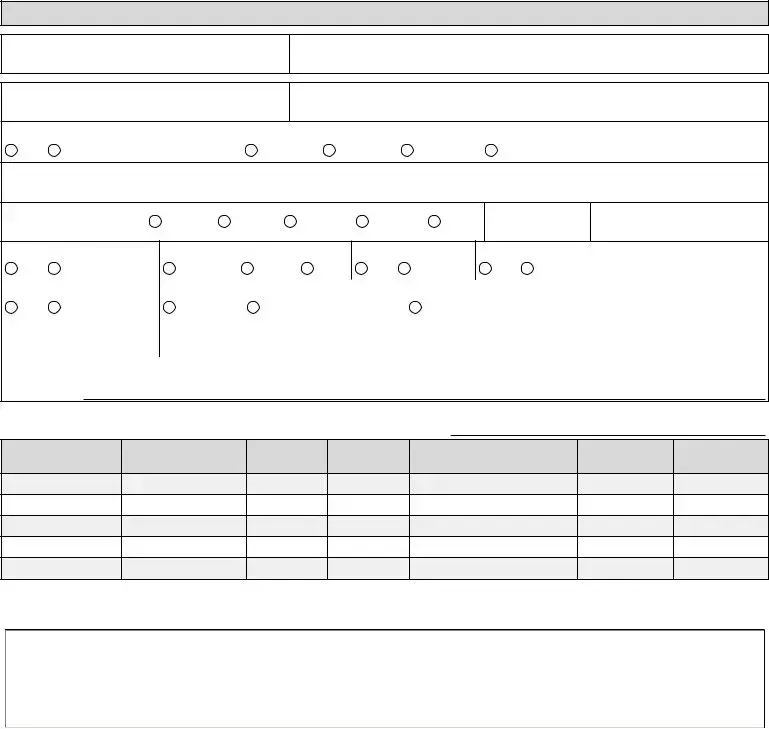Filling out the Texas Employment Verification form can be straightforward, yet many people make mistakes that can delay the process or lead to confusion. One common error occurs when individuals skip the section for Company or Employer Address. Providing the full address is essential, as it identifies who the employer is and where to direct any inquiries.
Another frequent mistake involves failing to completely fill out the Employee Name and Employee Address fields. If the employee’s name is not exactly as it appears in company records, it might cause delays in processing. Similarly, an incorrect or incomplete address can hinder communication, so ensuring accuracy in these fields is vital.
Some employers forget to indicate whether the individual is currently employed. Leaving the Is (or was) this person employed by you? question unanswered or marked incorrectly leads to confusion. If the employee is no longer with the company, it is crucial to indicate that and complete the remaining sections accurately.
People often overlook the Rate of Pay section, which should clearly state whether the employee is paid per hour, day, week, or month. Not specifying how often the employee is paid can lead to misunderstandings regarding compensation. Additionally, forgetting to include Average Hours Per Pay Period can affect the total calculations and benefits assessment.
Another common issue arises when employers fail to provide the correct Date Hired or Date First Check Received. These dates provide critical context about the employee's tenure, impacting their eligibility for certain benefits. Inconsistencies can cause complications and delay processing.
Not completing the Current Value field for health insurance can also be a notable error. The form requests information on the employee’s health insurance status, which can be essential for understanding their benefits. Missing this data complicates the assessment of state assistance eligibility.
When asked about required changes in the future, some forget to answer the question regarding expected changes to the above information. Clarity here helps to avoid misunderstandings later on, so taking the time to provide comprehensive responses remains important.
Contrarily, another mistake people can make is including too much information, which can overwhelm or confuse the reviewers. Providing only the necessary details without unnecessary elaboration simplifies the verification process.
Once completed, the form needs to be signed and dated by the employer. Some individuals neglect to sign or omit their title, which can invalidate the form. Failing this step means the verification will not be processed, prolonging the employee's wait for benefits.
Finally, not adhering to the submission instructions can lead to delays. Whether the form is sent via mail or fax, following the correct process is critical. Using the designated means of submission simplifies the handling of the request and ensures it reaches the right destination without unnecessary delay.




